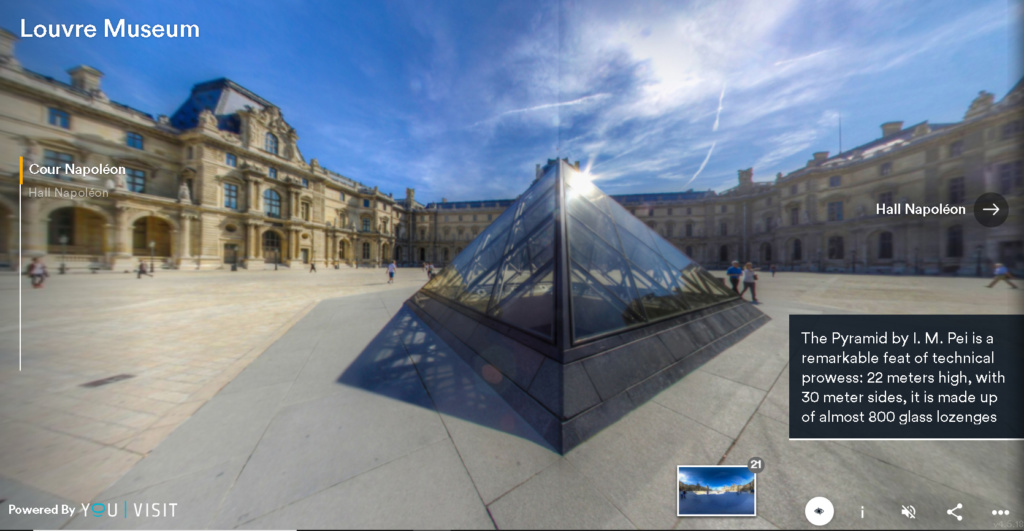
We are on the verge of an explosion of virtual reality technology and innovation. The quality of affordable commercial headsets has seen a Great Leap Forward in the past four years thanks to companies like Oculus and Valve.
As classrooms have advanced greatly in the past twenty years from blackboard to interactive whiteboards to personal tablets, we can expect to see huge advancements into the virtual world over the next twenty. Virtual and augmented reality technology represent an untapped goldmine of creative learning experiences for children of the Internet Age.
These are some of the way’s VR technology can assist in school and I have included links to other articles from TeachingTimes.com and around the web to provide a comprehensive picture of current technology, applications and implementation of VR tech that can enhance curriculum delivery.
Art – no longer constrained by the limitations of pen, paper and the school’s resources
When I first brought my Oculus Quest, I was able to visit the Guggenheim in New York and the Louvre in Paris in a single afternoon. I explored their unique architecture, both inside and out and saw a wide variety of paintings and exhibits using a completely free app called ‘Wander’. (Then I took a gentle stroll around Machu Pichu via the Grand Canyon but that’s incidental).
Many students across the country are never given the opportunity to visit these places courtesy of a school trip. If they do, they may be at the back of a large crowd and miss many of the finer details.